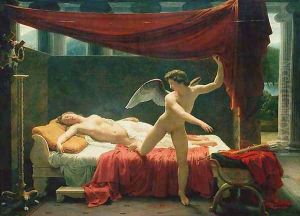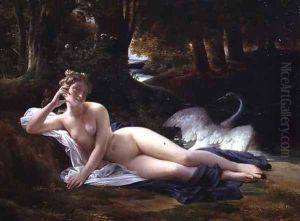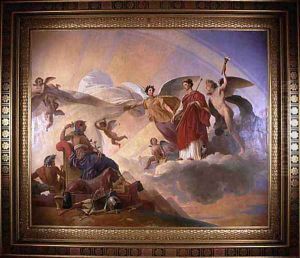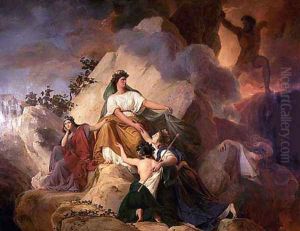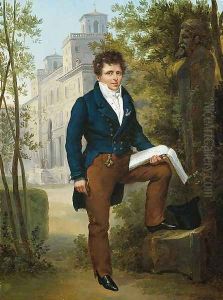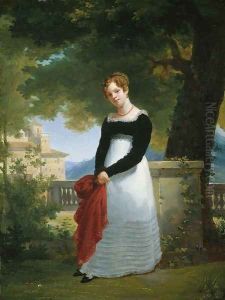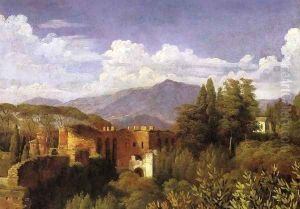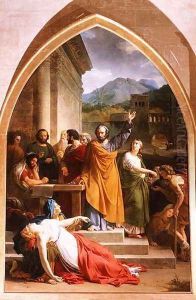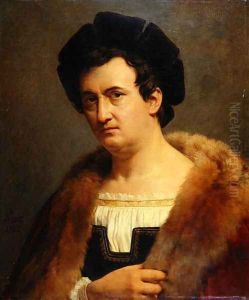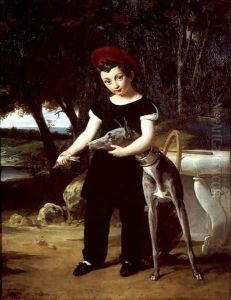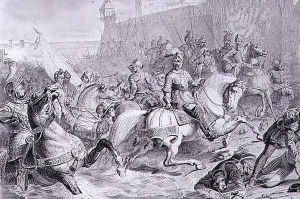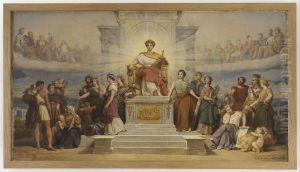Francois-Edouard Picot Paintings
François-Édouard Picot was a French painter during the Neoclassical period, born in Paris on October 10, 1786. He is well-known for his historical and mythological scenes, embodying the aesthetic principles of Neoclassicism with a focus on clarity, order, and beauty. Picot's education in art began under François-André Vincent, but his skills were further honed at the prestigious École des Beaux-Arts in Paris. His talent was recognized early when he won the coveted Prix de Rome in 1813, an award that allowed him to study in Rome at the French Academy.
During his stay in Italy, Picot was deeply influenced by the works of the Renaissance masters, as well as the ancient Roman art that surrounded him. This influence is evident in his meticulous compositions and the classical themes that dominate his work. Upon his return to France, Picot quickly established himself as a prominent figure in the Parisian art scene. His paintings were regularly exhibited at the Salon, the official art exhibition of the Académie des Beaux-Arts in Paris, where he received numerous awards for his work.
Picot's most famous painting, 'L'Amour et Psyché', showcases his ability to combine technical precision with emotional depth. The painting, which depicts the mythological lovers Cupid and Psyche, is celebrated for its detailed execution and the vibrant life it brings to the ancient story. Throughout his career, Picot remained committed to the Neoclassical style, even as the winds of Romanticism began to change the artistic landscape of Europe.
In addition to his mythological and historical scenes, Picot was also a respected portrait painter, capturing the likenesses of many important figures of his time. His contributions to French art were recognized by his appointment as a professor at the École des Beaux-Arts, where he influenced the next generation of artists, including Alexandre Cabanel and Jean-Léon Gérôme.
François-Édouard Picot's legacy is marked by his adherence to Neoclassicism throughout his career, a testament to his belief in the enduring value of classical beauty and harmony. He passed away in Paris on March 15, 1868, leaving behind a body of work that continues to be admired for its craftsmanship and elegance.
